This is the fourth time the OECD has conducted a major review of Norway’s efforts for climate and the environment.
Norway is in many areas a pioneer in climate and environmental issues. The take-up of electric vehicles is among the highest in the world and Norway has extensive hydropower. Around 50 percent of Norway’s energy supply is renewable.
However, the report concludes Norway is not doing enough to achieve its own goals and obligations, according to NRK. Among the findings, the report said:
- Norway is on course towards cutting 20 percent of greenhouse gas emissions, not 55 percent as the government has promised. However, the Norwegian Parliament has since adopted a climate plan with measures to reduce emissions further.
- There isn’t a comprehensive and adequate plan to cut greenhouse gas emissions in agriculture.
- Norwegian exports of oil and gas contribute to large emissions.
- The number of endangered species is increasing in Norway, partly due to land use for agriculture, forestry and development for roads and buildings.
- Norway has one of the world’s highest material consumption and a high material footprint per capita.
Norwegian oil and agricultural policy in particular is criticised in the report. The OECD is now asking Norway to get an overview of all the subsidies the state provides directly and indirectly for the extraction of oil and gas, and to base oil investments in line with the goals in the Paris Agreement.
Norway should also make a plan for how to phase out the production of fossil energy, according to the report.
“The OECD does not say that we should come up with an end date. What they remind us of, is that we must prepare for the fact that oil and gas demand will fall in the long run. We are fully aware of that,” Minister of Climate and Environment Espen Barth Eide told NRK.
In agriculture, the OECD calls for Norway to spend less money on income and production in agriculture, and more on support schemes for farmers who want to make agriculture more climate and environmentally friendly.
Regarding waste, the report states that Norway is not on the right track when it comes to having economic growth without it leading to similar growth in the waste that is created. In 2019, Norwegian waste production reached a record high of 12.2 million tonnes, according to NRK.
The OECD proposes stronger incentives to reverse the trend of increased waste production.
“Norway has the capabilities and financial means to be able to accelerate a transition both within its own borders and abroad. Despite progress in many areas, the country faces a number of challenges, including in terms of sustainable consumption and diversity protection”, the report states.
Minister of Climate and Environment Espen Barth Eide calls the OECD report a useful tool in the work of achieving the Norwegian climate and environmental goals.
READ MORE:

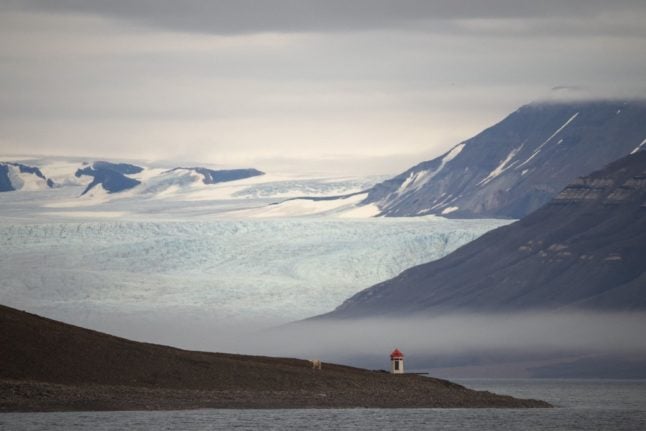
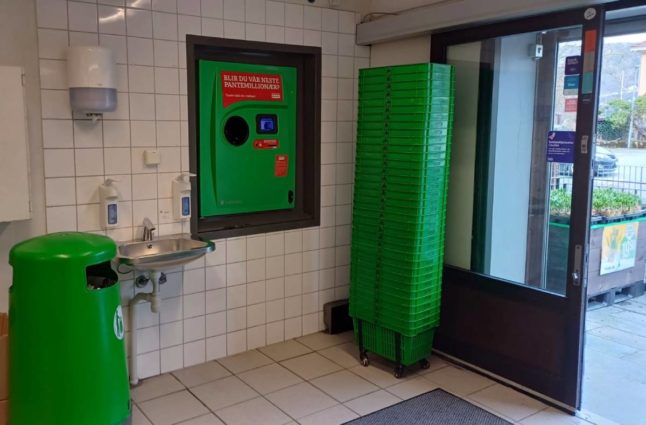
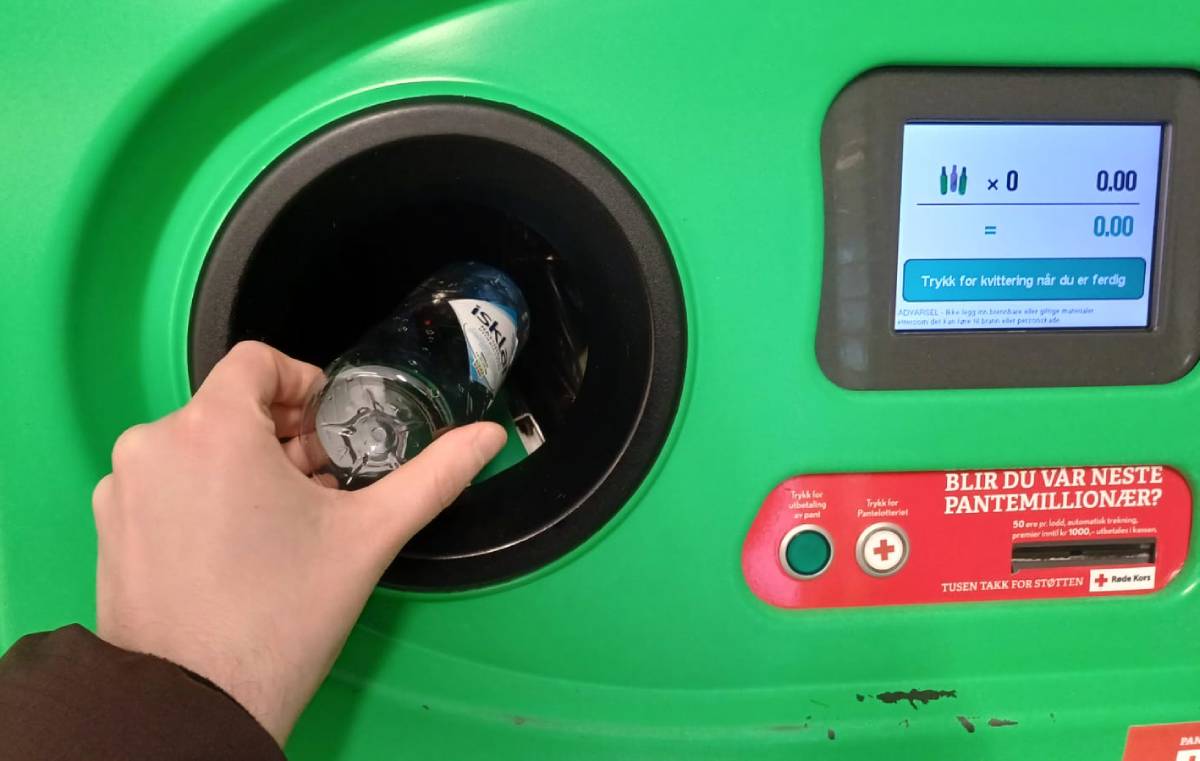
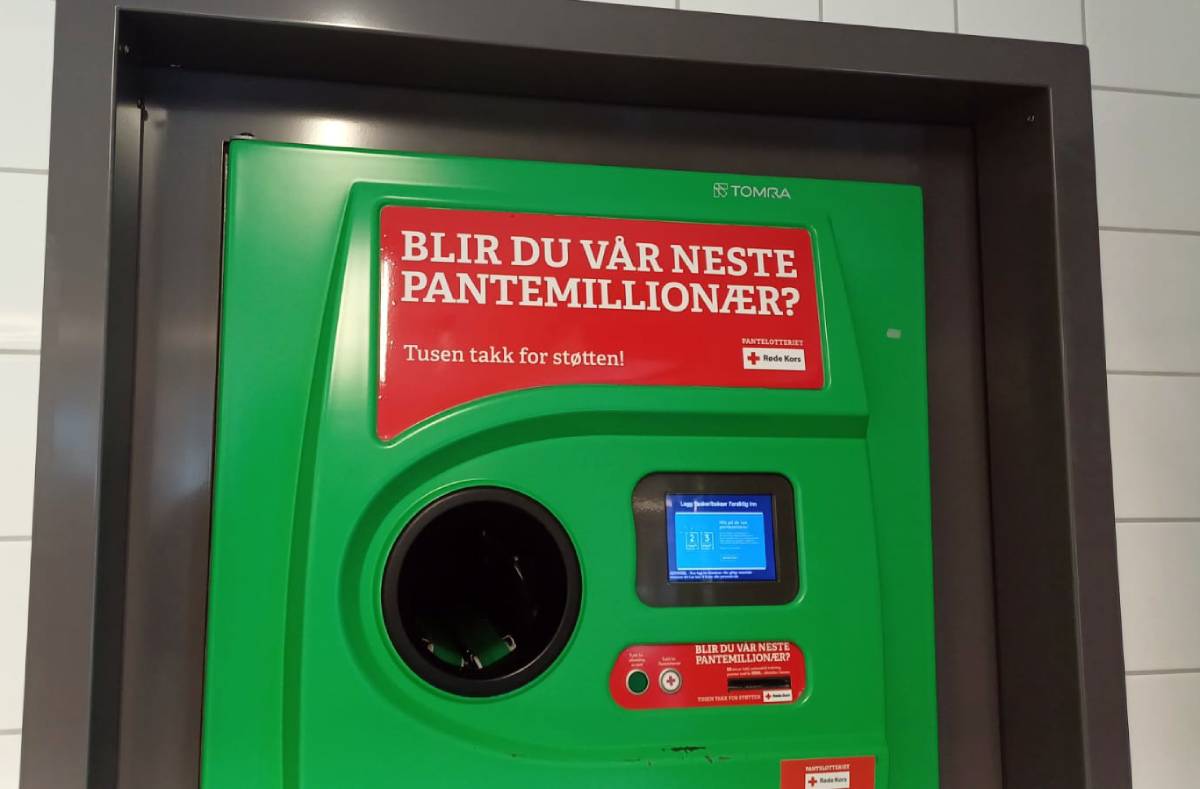
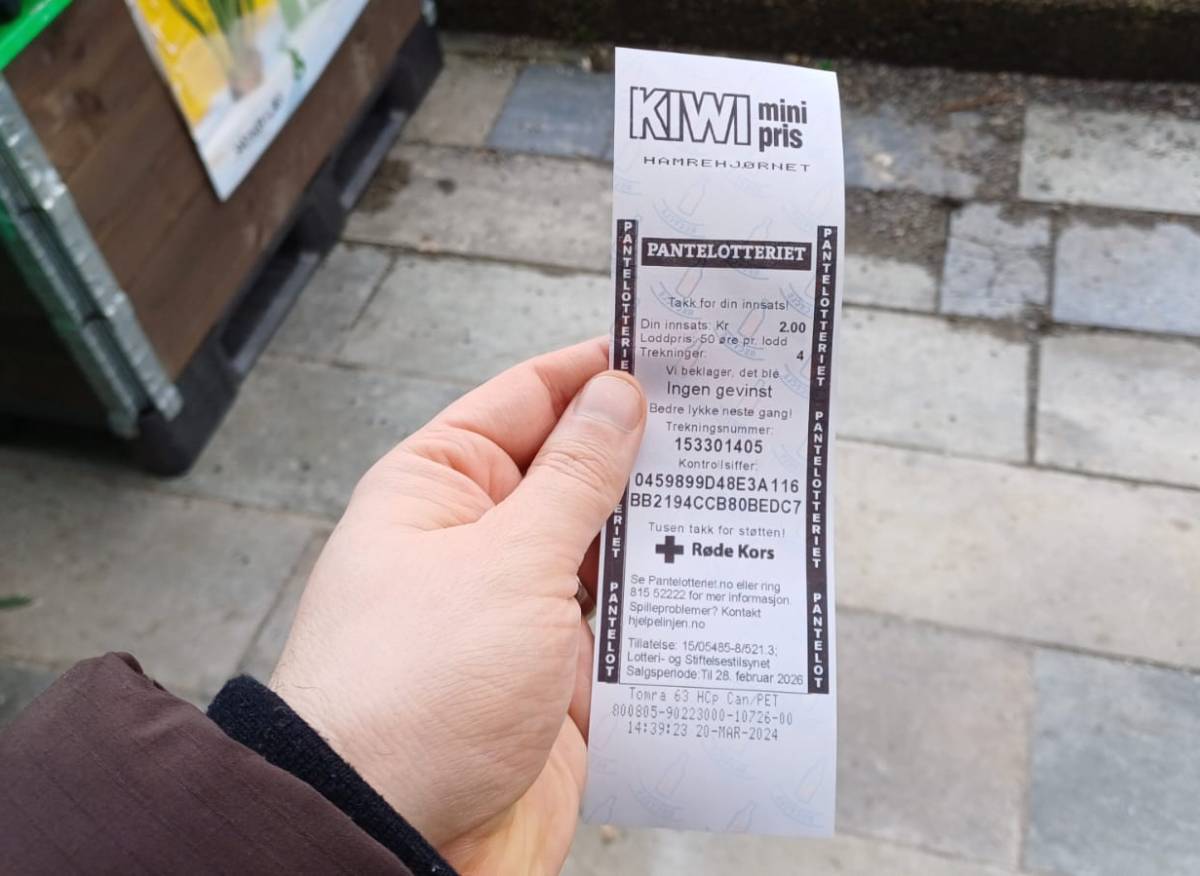
 Please whitelist us to continue reading.
Please whitelist us to continue reading.
Member comments